More than 70 years ago the Port of Inverness had a key role in bringing green energy to the Highlands.
It is now hoped it will again play a significant part in the net-zero revolution.
As it marks its 175th anniversary, the port is part of the Opportunity Inverness and Cromarty Firth bid to be awarded green Freeport status.
It is one of five bids to create green freeports which could create thousands of jobs and billions of pounds by spearheading renewable energy projects.
Bringing hydro power to the Highlands
As a new book commissioned to mark the anniversary recalls, Inverness Harbour was a conduit of supplies for building many of the hydro electric schemes in the 1940s and 50s.
Since 2013 the port has been a major channel to bring in wind turbine components for offshore arrays.
It has helped import more than 300 turbines with a generating capacity of over 850MW.
The book’s author Roy Pedersen says: ”The potential for growth and economic spin-off from installing and servicing both further onshore and new offshore wind farms around the Scottish coast is enormous, particularly as floating wind turbines, currently in development, allow siting further offshore where wind conditions are best.
“There is now a cluster of firms round the Moray and Cromarty firths, the Port of Inverness included, poised to make the area a centre of excellence in the field of green offshore wind and tidal stream electricity generation.”
Sinclair Browne, chief executive of Port of Inverness, said: “Our 175 years as a trust port, with no owners or shareholders, means we have been able to invest all our profits back into the port, providing our users with exactly the kind of facilities they need and helping to keep the Highlands running with imports of fuel, wood and road salt amongst a wide range of cargoes.
Ability to adapt
“Our ability to adapt has been the key to our success. And, just as we facilitated the transport of materials for the building of the hydro schemes in the 1940s and 50s, we now contribute to an even more sustainable future, handling huge shipments of equipment for renewable energy projects and playing a key role in the Opportunity Cromarty Firth bid for green freeport status.”
Inverness is thought to have been a strategic maritime base since Pictish times and a significant port since the 13th century.
The earliest known reference to the Port of Inverness is by Matthew Paris, an English Benedictine monk and chronicler.
He mentions a large ship being built in 1249 in Inverness for a French count.
It has seen the transformation from sail to steam and oil to the prospect of hydrogen-fuelled vessels.
Before the 18th century, water was the only practical means of transporting bulky goods to and from the Highlands.
At the time, wool, pelts and tanned hides were the main exports from Inverness and wine, spices, glass and manufactured goods the principal imports.
The burgh of Inverness coat of arms, featuring a dromedary and an elephant and dating from 1439, indicates the extent of trading.
According to the book, the development of the port between the 13th century and the formation of the Inverness Harbour Trust in 1847 was “relatively modest”.
By contrast, the 175 years since has seen the port change “out of all recognition”.
Harbour bustling with activity
In the days of sail in the mid 19th century, the Merkinch and Shore Street areas were said to be bustling with sailors, ship carpenters, sail makers, blacksmiths and other craftsmen.
A rope works operated in Rose Street and another near the Caledonian Canal on the site later used by the former Caledonian Football Club.
Boats were so tightly packed that people could climb over them to cross from one side of the Old Dock to the other.
During World War One, contracts were placed by the Admiralty with a yard in Thornbush for boom defences against U-boat attacks on ships stationed in the Cromarty Firth and Scapa Flow.
Up to 1,340 mines a day were also assembled in Inverness and Invergordon to provide a barrier between Scotland and Norway.
In World War Two, Thornbush was used to build part of the tank landing craft that played an important role in the Normandy landings.
Post-war, oil began to overtake coal as the harbour’s main revenue earner.
This was followed by the North Sea oil boom and Inverness benefited from oil yards built at Nigg and Ardersier.
Now, the climate emergency demands oil and gas are replaced with carbon net zero energy.
The book adds: “Over the centuries the Port of Inverness has adapted successfully to new conditions and challenges and it has already embraced this new challenge of net zero with resolve.”
Are you interested in more exclusive and breaking Highland and Islands news from the P&J? If so, why not join our dedicated Facebook page HERE
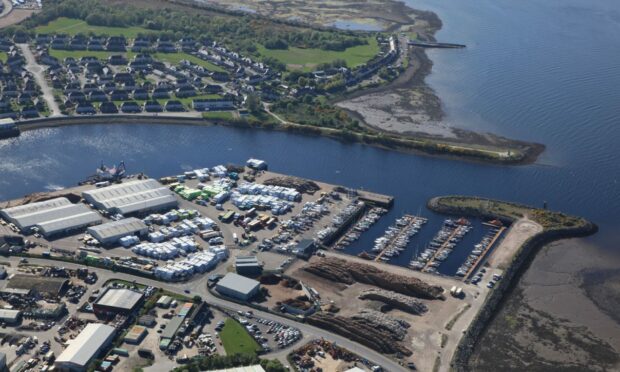
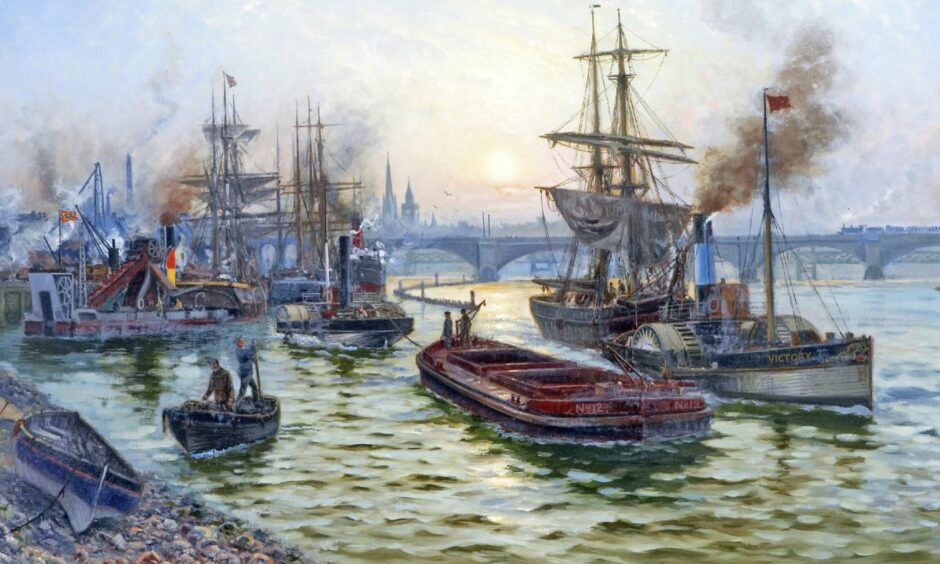
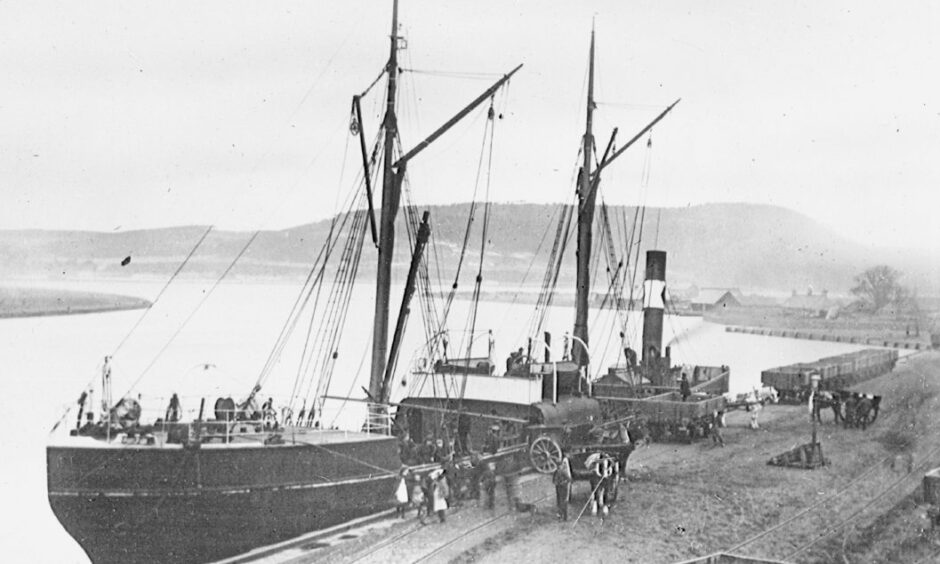
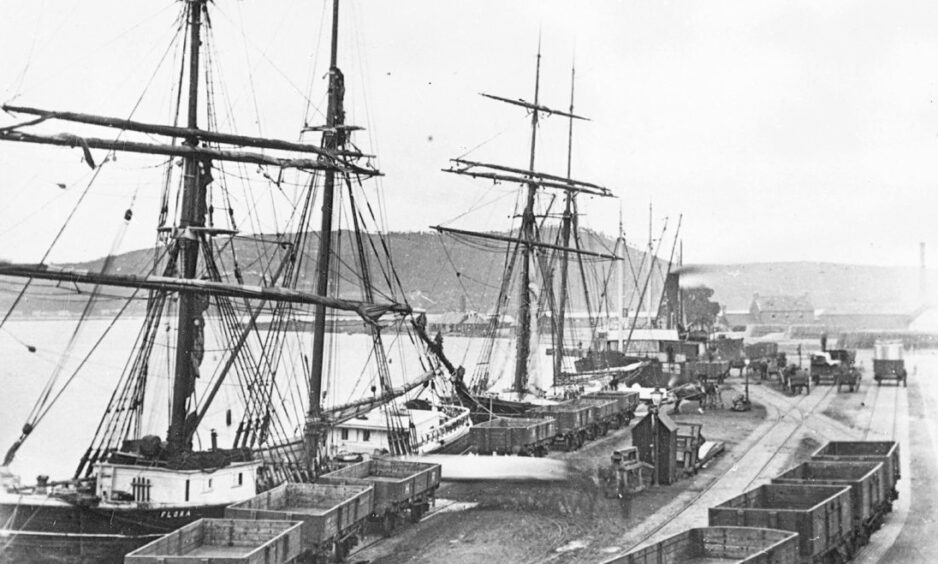
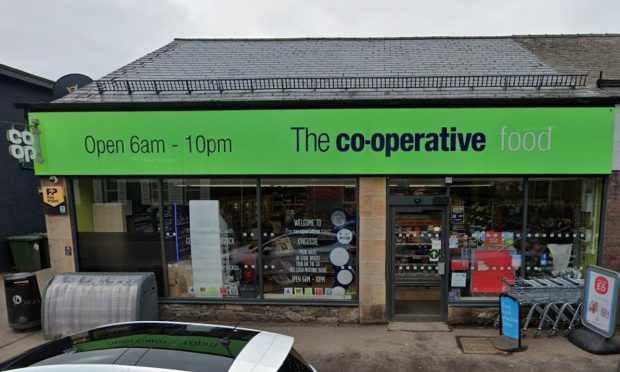
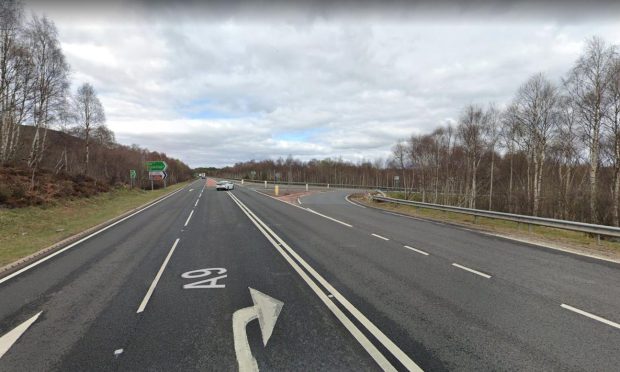
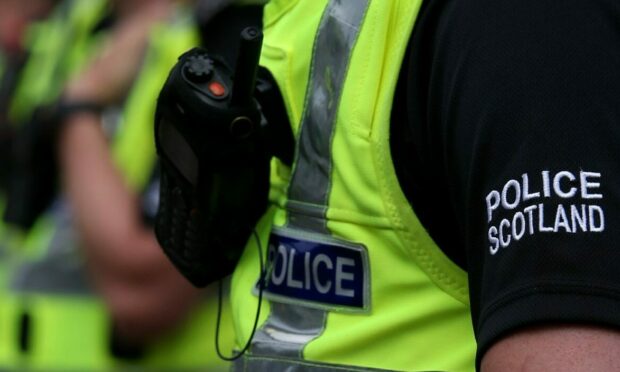

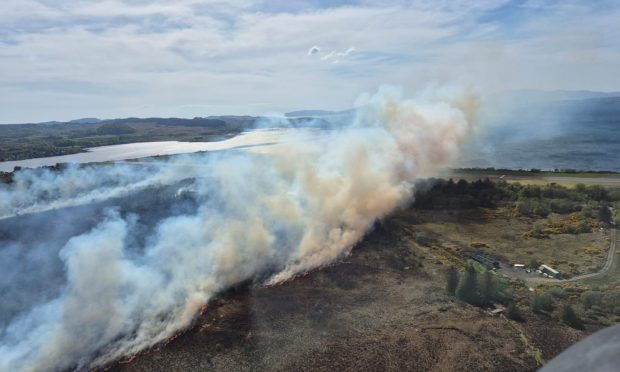
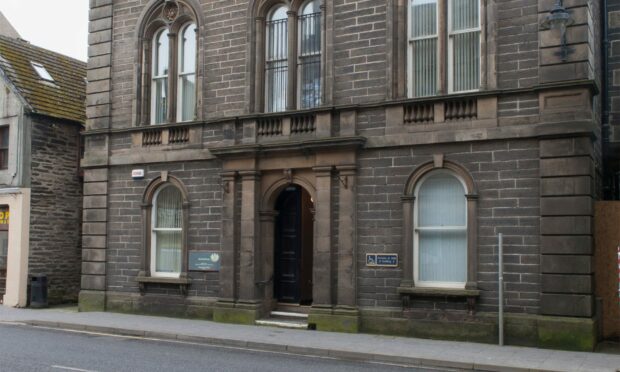
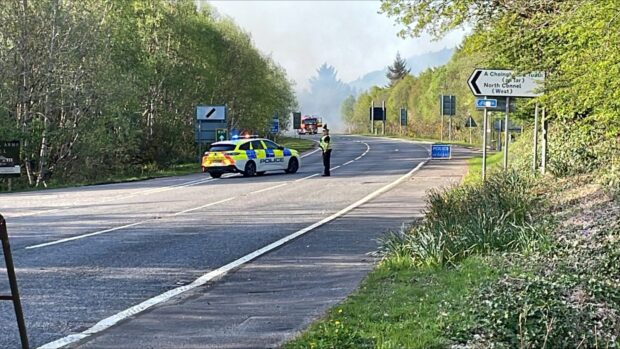
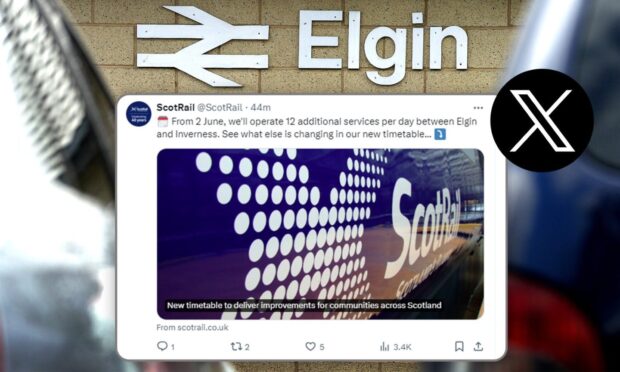

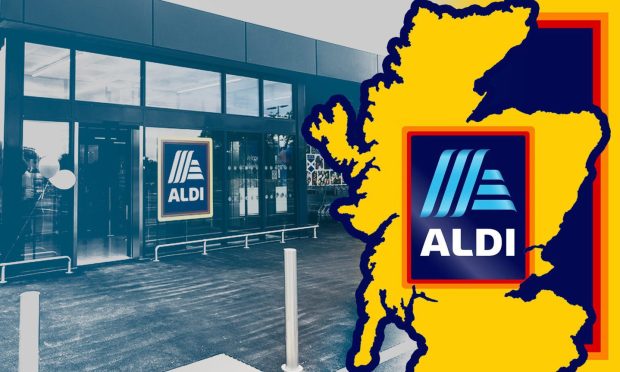
Conversation